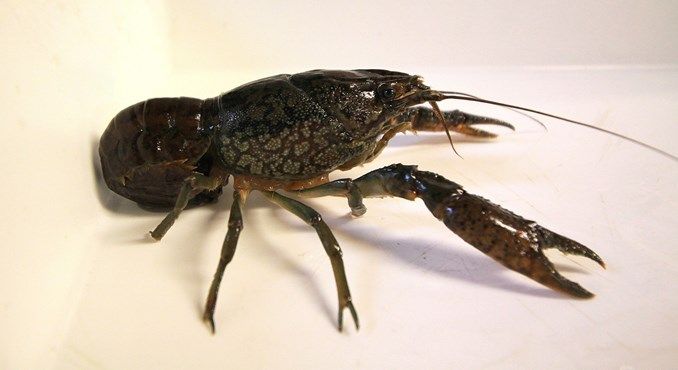The government has really stepped up its battle against invasive species of late.
From dominating crabs, wild boar and destructive racoon dogs, Denmark has declared war on undesirable species that have somehow managed to find their way across the Danish borders.
And now the authorities have a new enemy on their hands: the feared marbled crayfish – the only known decapod crustacean with the ability to reproduce through parthenogenesis, also known as self-fertilisation.
Until now, the marble crayfish has kept south of the Danish border, but in late January one was discovered in Karup Stream near Skive in Jutland.
READ MORE: Predators on the move by sea and land in Denmark
Authorities investigating
Aside from being able to reproduce in great numbers and displace the naturally-occurring crayfish in Denmark, the new invader can carry crayfish plague, which can seriously damage local flora and fauna.
The marbled crayfish is a popular species with people who own aquariums, despite it being on the EU list of invasive species – meaning there is a ban in place regarding its release into nature, transportation and exchange.
“It’s illegal to release the marble crayfish into nature, but unfortunately there are some who do so. It’s probably also how the ones found in Skive ended up there,” said Josefine Møller, a biologist with the Danish environmental protection agency, Miljøstyrelsen.
Miljøstyrelsen intends to investigate whether the marble crayfish found was a one-off individual or if it came from a larger population.













